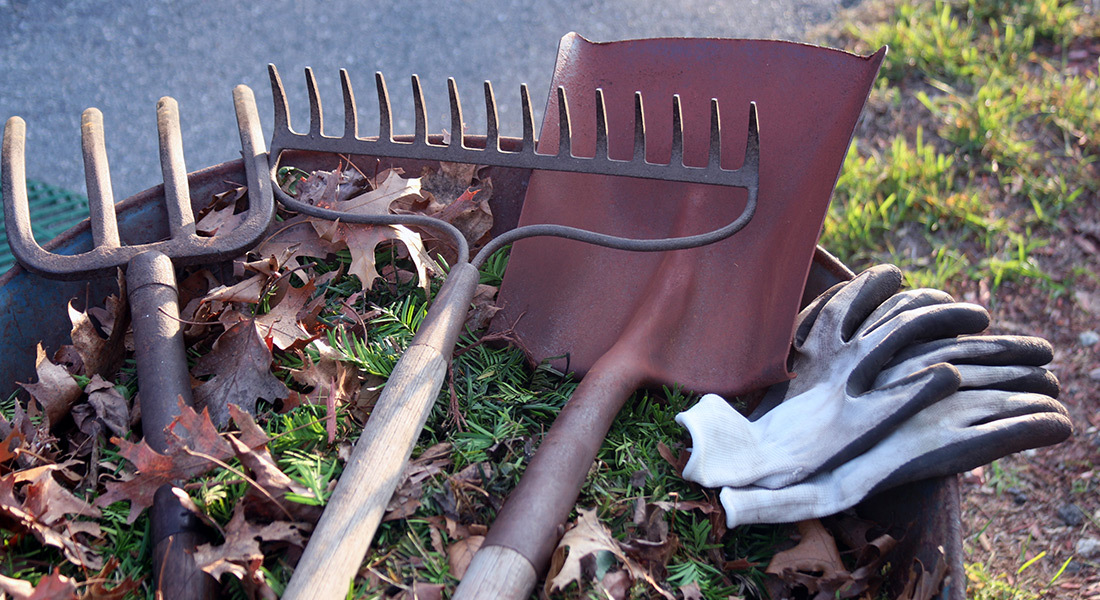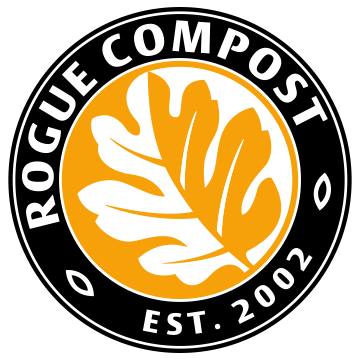What are the most common fall gardening mistakes — and how can I avoid them?

While it may seem like summer just began, seeing the leaves change color and feeling the cooler temperatures at night mean that fall is on the way. September is the ideal time to take care of the last remnants of summer and get the garden ready for spring. Here are three of the most common fall gardening “don’ts” — along with easy ways to avoid them.
1. Don’t let summer plants overstay their welcome
As the plants in your garden start to wither and die off, it’s important to remove them as quickly as possible, including the roots. Why not just let them be? Decaying plants are a magnet for mold, fungus and disease — and that disease can stay in the soil and set up shop in next year’s plants. Withering plants also provide a home for a variety of non-beneficial pests. These insects will make themselves right at home in rotting leaves, stems and roots — often laying the larvae in the soil around these plants. And old fruit left on plants will drop seeds from their cores as they decay — seeds that will sprout like weeds in the spring and compete for resources with your other plants.
2. Don’t leave the soil bare
As you remove the dead, withered and decayed plants of summer, you don’t want to leave the soil completely empty. Bare soil is an invitation to weeds. Instead, consider planting a cover crop in the areas where plants have been removed. Gently rake the soil, then seed with a cover crop (like winter rye, clover, onions or garlic) and put down some straw as mulch. Cover crops work to smother weeds and weed seeds. Their roots help loosen the soil underneath, making planting in the spring that much easier. And those same roots fix nitrogen levels in the soil, making it readily available to next year’s crops.
3. Don’t wait to clean and disinfect your tools
As soon as plants like tomatoes are pulled, it’s time to pull, clean, disinfect and store the tomato cages and trellises. Plant disease can easy transfer from year to year on stakes and cages. To clean, simply mix a half-cup of bleach with a gallon of water and wipe down before storing. The same goes for garden tools — especially pruners. They cut into all sorts of different plants, so keep them clean and you’ll help nip the spread of disease in the bud.
Share This
